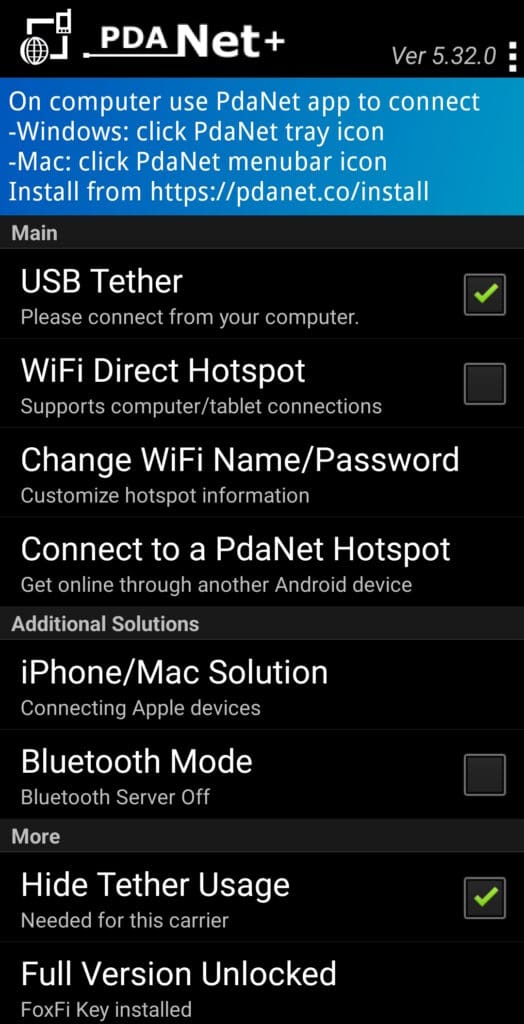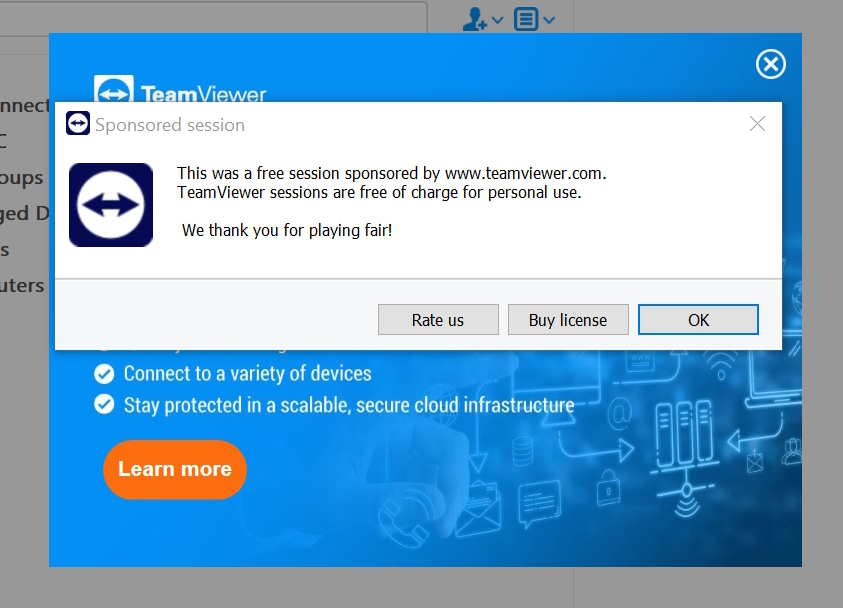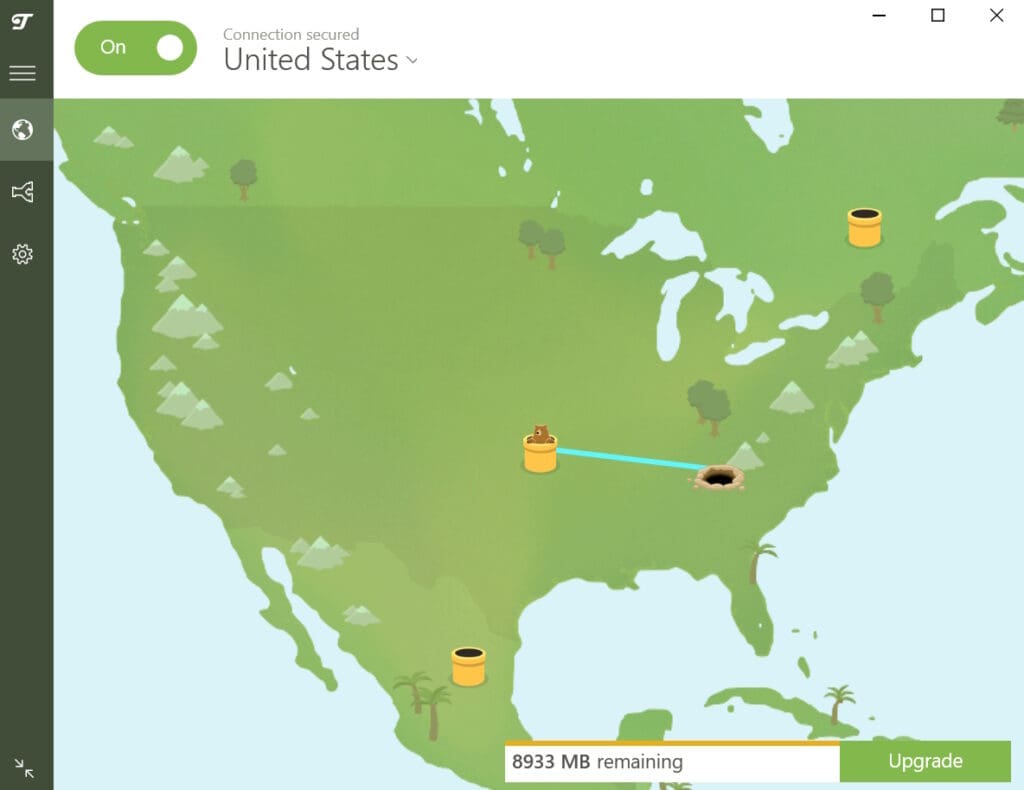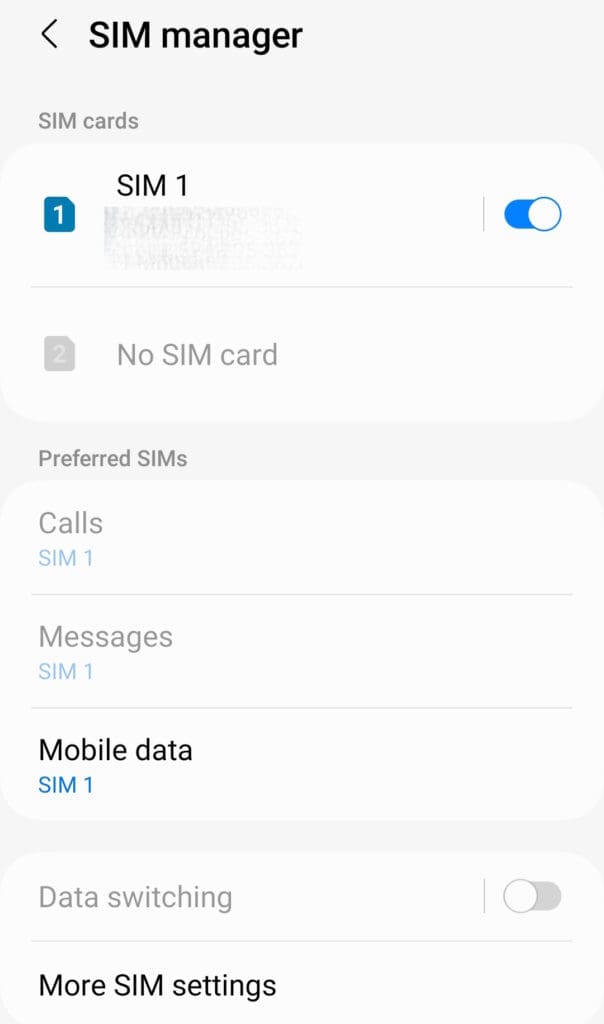Advertiser Disclosure: Eye of the Flyer, a division of Chatterbox Entertainment, Inc., is part of an affiliate sales network and and may earn compensation when a customer clicks on a link, when an application is approved, or when an account is opened. This relationship may impact how and where links appear on this site. This site does not include all financial companies or all available financial offers. Opinions, reviews, analyses & recommendations are the author’s alone, and have not been reviewed, endorsed, or approved by any of these entities. Some links on this page are affiliate or referral links. We may receive a commission or referral bonus for purchases or successful applications made during shopping sessions or signups initiated from clicking those links.
It has been a long time since I made my living in technology (I ran a computer shop for 20 years). Even so I tend to be the “tech guy” for most of my friends and I still like to keep my fingers and mind in the game. For example, I still build my own computer and have all the “toys” for most repairs and upgrades (like an M2 SSD USB external device for drive cloning and so on). So I still know a few things, is my point.
Another example is having access to secure high speed data access when on the go. I get a limited amount of high speed shared wifi data with my phone plan, but PDAnet software lets me USB into my phone and have as much access as I want to my unlimited data plan with my phone – sweet right.
Also, when it comes to travel, I like being able to access my home computer. For many years now I have used, what once was very reliable, Teamviewer to remote in to both my and my wife’s PC. They provide a “free use” license for just this kind of use, that is, for personal use you to your PC but not for business use, that is, say sharing access to your PC for others or doing say remote tech support for others – things I don’t do – I just log in to my PC.
I had, before I left for my latest cruise, set everything to be perfect at home. I had run all Windows updates and manually set none to run until after my return. I also updated my Teamviewer software on both my PC at home as well as my Laptop to make sure remote access would not be an issue. But with my first log-in attempt from the hotel from Fort Lauderdale I get:
Great! Just swell!
With a free account there is little support open to you (not that I expect much but still). So I submitted a support ticket and waited. I have, once many years ago, had this happen to me before. A quick e-mail and they reset my account and life went on.
Not this time.
I got a call from the Teamviewer sales department and was told their AI had detected a pattern that suggested I was using their software in a commercial way. I said OK the AI is wrong as I am in Florida accessing my PC. Can you reset me?
Nope!
In fact the VERY unhelpful sales rep informed me there was absolutely nothing they could do to reset it as the AI made the call and it is final. I even asked if I could dump the account and create a new one and was told that would be pointless as the AI would again see what I am doing as wrong and cut me off again very quickly. So in other words following the terms of their own free use will result in getting nuked? The agent agreed that was the case.
Crap!
If at this point you are wondering why I am even bothering with remote software? The reason is many fold. For example, access to all the files I use at home is often needed. Plus, I log in to so many different sites that recognize me from my home IP address and verified access that remoting is just so much faster and simpler. Not to mention that accessing bank accounts and so on is much simpler when they “know” you are home – no matter where I am in the world.
Now I can see inside your head right now and you’re saying just use a VPN (like TunnelBear) and even get one that you can pick a custom IP address that is “closer” to your home and your problems are solved! Well not fully when you look at the points I just made above.
So I am done with Teamviewer and now need to find a new quality and trusted remote software that will do all I need it to do. I am open to suggestions from teach savvy readers who have ideas to test and I really appraise the input on something that is trustworthy that will not kick me out for using as described. One reader “Kevin” years ago recommend Slashtop for $17 per year but I would love to know if there is a free option that is just as good?
But on to other solutions beyond the above. Many phones offer dual SIM options nowadays and, at least with my Samsung Android A54 phone, it is a simple choice to switch SIM digitally. Switching to a local SIM when abroad can not only result in faster connectivity but a huge savings vs. your plan used abroad (#protip – check if you can add on international options for a small monthly fee with whatever provider you are using).
Add a wifi phone number. I used to always use Skype back in the day but today I use TalkAtOne for a secondary wifi phone number. It is free (ad supported) and the pain is you have to use it once a month to retain the same phone number. But when abroad and you have say only wifi connectivity – calling to the USA from a USA phone number (and a local one to your home town) I have found to be very useful.
This is just some of the tech I use either the free versions or discounted paid version to meet my needs. Are there some others you simply swear by that help you navigate, securely, your travels throughout the world? Let us all know! – Rene
Advertiser Disclosure: Eye of the Flyer, a division of Chatterbox Entertainment, Inc., is part of an affiliate sales network and and may earn compensation when a customer clicks on a link, when an application is approved, or when an account is opened. This relationship may impact how and where links appear on this site. This site does not include all financial companies or all available financial offers. Opinions, reviews, analyses & recommendations are the author’s alone, and have not been reviewed, endorsed, or approved by any of these entities. Some links on this page are affiliate or referral links. We may receive a commission or referral bonus for purchases or successful applications made during shopping sessions or signups initiated from clicking those links.

















I got dumped years ago. Similar situation. Try Anydesk.
I used TeamViewer to connect to another machine in my house, because I preferred the location without moving the machine. After a couple months, they limited my account.
Thanks for the pdanet/talkaphone tips. Have been using google voice to call from abroad which was always free or very cheap, like a few c/min.
I switched to MeshCentral. I don’t know it will work for your purpose.
Try chrome remote desktop
A second for chrome remote desktop (free)
Since, as you say, you are the “tech guy,” you should setup your own VPN using WireGuard on a Linux install. That way, you will have access to your entire local network at home and be able to continue to piggyback on your own home IP (better than a nearby IP). This is better and more secure than any third-party service or VPN because you control the entire tech stack and the encryption keys. It will also be completely invisible to third party websites. For my setup, my server is connected to a backup UPS and a whole home generator so that it never goes down.
At my job before last, we were huge fans of a remote access product that I thought was part of windows. I found this in microsoft support about it.
https://support.microsoft.com/en-us/windows/how-to-use-remote-desktop-5fe128d5-8fb1-7a23-3b8a-41e636865e8c
Yeah, Windows Remote Desktop (RDP) works well. I use it all the time at work.
I also got dumped by TeamViewer years ago. Like others have suggested, I use Chrome Remote Desktop for easy GUI access from anywhere. I also I have WireGuard running on a Linux server which is paired with a laptop and my phone, allowing me to directly access my entire network, download or upload files to my file server, and control any computer on my home network using ssh/cli.
You could just set up a VPN server at your house, VPN into that, then use Windows Remote Desktop (which is free and built into Windows.) That’s what I did when I used to somewhat-frequently remote into my home computers. Personally, I happened to have a Windows Server box at home, so I just used the VPN server built into that, but there are plenty of options for VPN servers out there, including free and open-source ones.
The only potentially pitfall here is if your home Internet connection blocks incoming connections. I had to use a business account with my ISP in order for them to not do that back when I needed to frequently remote into my home network.
Hi Rene,
I’m curious whether you have tested any replacements for Teamviewer yet? It still works for me, but it does seem like they are getting more aggressive about monetization.
Regarding PDANet+, I see that it is only supported for iOS devices that are have been jail broken. However, PairVPN works great on iOS devices. The only minor inconvenience is that the software is needed at both ends. However, I tested with my iPhone connected to my iPad, Windows PC, and an Amazon Fire TV stick with a sideloaded Android APK app, and it did a good job hiding my mobile hotspot usage from AT&T.
I have also read that a GL.iNet travel router can be used to modify the TTL field of the IP packet to hide hotspot usage, but I have not been able to get that to work yet with AT&T. I read one post stating that this only Verizon and T-Mobile, so I might be out of luck. This option does have some appeal to me because no additional software is required on any of the other devices.
-Dave
@Dave – I have not decided yet what to use. I am testing a few. Interesting on the iOS work around. I do travel with a router for cruising so I can share the signal when needed but have found most times now a days both of us get access so not needed.
Best
Rene
Hi Rene,
I am traveling now and Teamviewer has started limiting my access. In my case, Teamviewer complained that I had 4 computers registered and for remote access and they stated that I was only allowed with the free license. I never ran into this issue before. I was able to get back in to my remote PC by simply removing one of the PCs. However, I think it’s time to move on.
In the past, I have used UltraVNC, with my home router configured to use a free dynamic DNS service like Duck DNS, so maybe I will go back to that. However, I preferred Teamviewer when everything worked well.
Please keep us updated on what you ultimately decide to use.